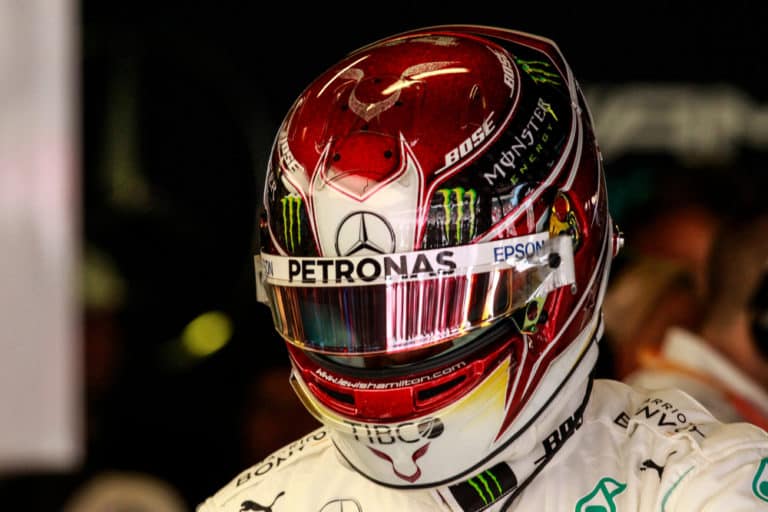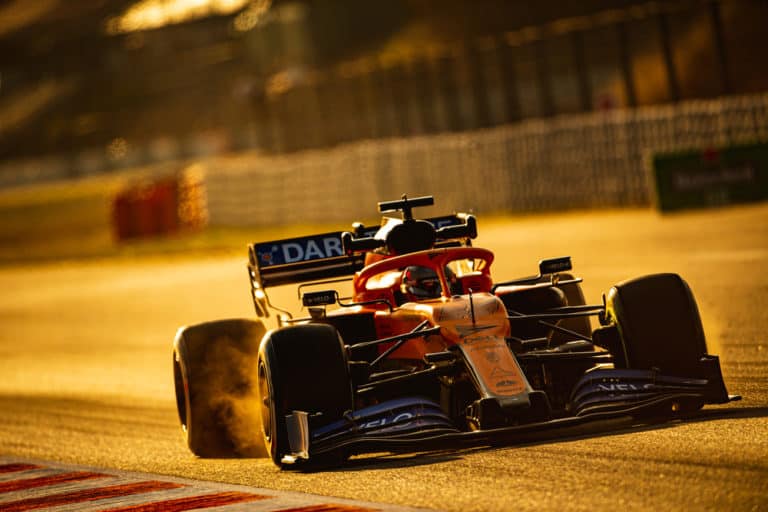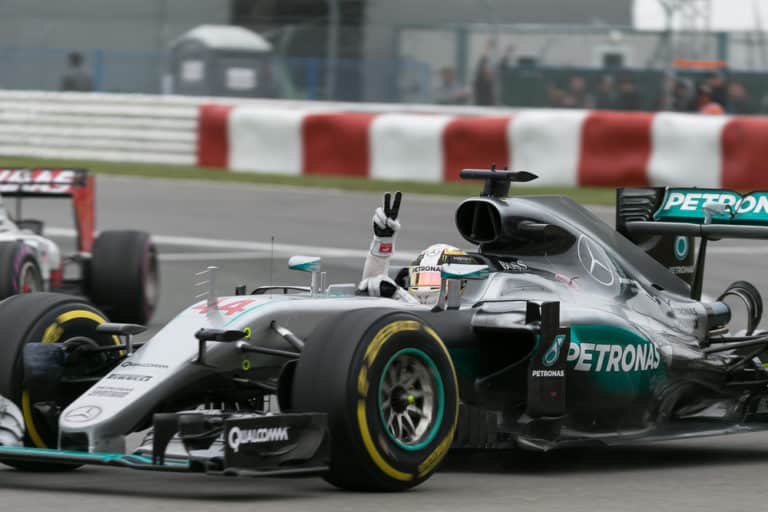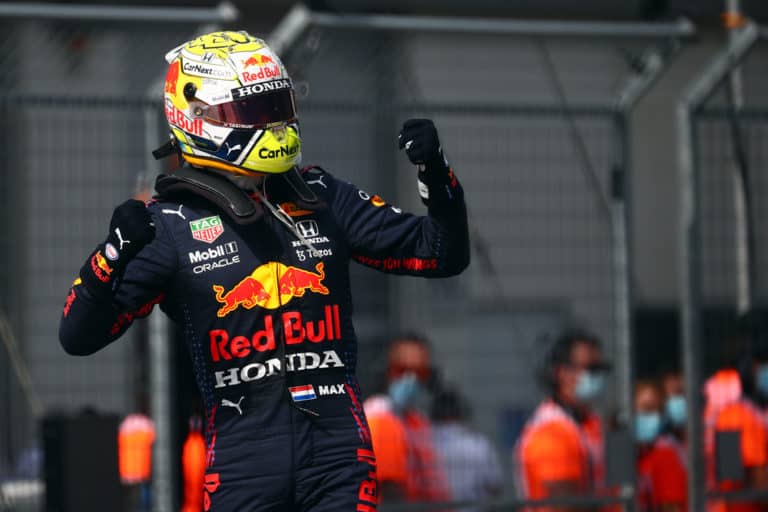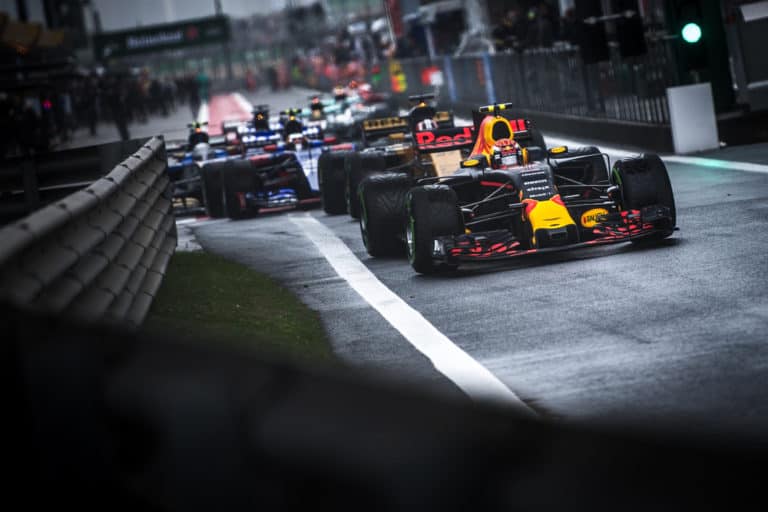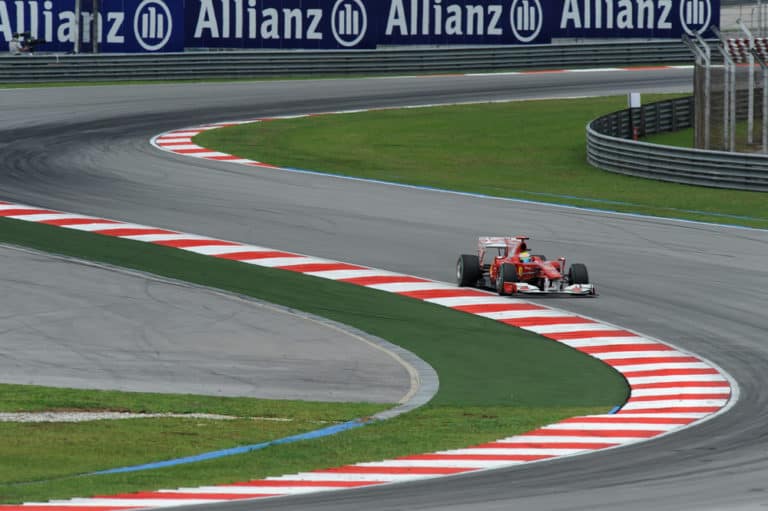Image credit: lookcharms.com
Formula 1 is widely seen as the pinnacle of motorsport, attracting a spectator viewership of close to 1 million per race worldwide. Thanks to excellent race coverage by major media networks, this fast-paced spectacle of power and speed has fans clutching the edges of their couches every Sunday, hoping for an action-packed event with lots of thrills and spills.
The 2005 Indianapolis Grand Prix in the United States is arguably the worst race in F1 history. Thanks to several factors, including the surface of the tarmac, bad tire design, and a ridiculous new FIA regulation, the race produced one of the most disappointing results in motorsport history.
Throughout F1 history, there have been many good and bad races, crazy or boring races, and many controversies. One race in particular tops the list as one of the most bizarre and unforgettable ever, and not for particularly good reasons. The US F1 Grand Prix of 2005 held in Indianapolis was disastrous as it was strange. Read on to find out why!
If you’re looking for some F1 merchandise, check out the awesome stuff at the official F1 store here.
The First Signs Of Trouble for Indy 2005
To understand why this race started and ended so disastrously, it’s important to look at the history and the buildup to race day.
The year before, in 2004, both Fernando Alonso’s Renault and Ralf Schumacher in his Williams suffered massive tire failures during the race. Schumacher spun off back into the wall resulting in a mild concussion and minor spine fractures that kept them out of the contention for the next six races.
It’s important to note that both cars were equipped with Michelin tires, which left everyone guessing whether there was a major design flaw with the Michelin’s or a result of the debris, left scattered on the track after the accident in the opening lap involving four cars. Regardless, it was an ominous sign of things to come.
Bridgestone: An Unfair Advantage
By the time the next 2005 season came around, things had changed. The Indianapolis track had been resurfaced, and testing for the Indy 500 race season had come and gone. During this testing, tire manufacturer Firestone had noticed unusually high tire wear.
Small grooves were etched into the surface, which seemed to help. Firestone was also able to change its construction to cope with this eventuality.
In F1, Firestone’s owners Bridgestone, mounted on the Ferraris, had seen them dominate in 2004. The FIA tried to level the playing field and introduced a new regulation for the 2005 season allowing F1 teams only one set of tires for the entire race. This worked, and the Renaults and McLarens riding on Michelin’s were able to move up the field.
The Gathering Storm Over Indianapolis
Things started pretty early on when Ralf Schumacher, this time in a Toyota, had a repeat of the previous year’s event when his car suffered another tire burst in practice on the banking, and he slammed into the wall again. He was uninjured but was replaced by Brazilian driver Ricardo Zonta.
Michelin discovered numerous tire deficiencies on investigation and flew them back to France for analysis, sending new tires back as replacements. This, however, proved fruitless, as the stresses of bank 13 and the new surface took a toll on the new tires as well. The best Michelin could offer a limit of 10 laps on one set of tires, pointless, as this was a fraction of a full race.
Despite this, the rest of the qualifying went ahead without any issues, and strangely, Jarno Trulli in a Michelin adorned Toyota won the pole position.
Too Little, Too Late For This Race
Things started pretty early on when Ralf Schumacher, this time in a Toyota, had a repeat of the previous year’s event when his car suffered another tire burst in practice on the banking, and he slammed into the wall again. He was uninjured but was replaced by Brazilian driver Ricardo Zonta.
Michelin discovered numerous tire deficiencies on investigation and flew them back to France for analysis, sending new tires back as replacements. However, this proved fruitless, as the stresses of bank 13 and the new surface took a toll on the new tires. The best Michelin could offer was a limit of 10 laps on one set of tires, pointless, as this was a fraction of a full race.
Despite this, the rest of the qualifying went ahead without any issues, and strangely, Jarno Trulli in a Michelin adorned Toyota won the pole position.
Everyone knew that the elephant in the room was not going to go away on its own, so a few interim solutions were proposed. One was a chicane to be included just before the final corner to reduce speed; everyone agreed except Ferrari. Several other equally bad ideas were proposed, such as declaring the race a non-championship race. None were eventually agreed on.
As race day approached, it became clear that no solution had been found, and the race would proceed as normal, albeit under very abnormal circumstances.
Indianapolis 2005, An Epic Raceday Failure
As the formation lap commenced, Trulli led a 14-car train around the track and straight into the pits, effectively retiring all the Michelin tired cars from the race. Only the Bridgestone Ferraris, Jordans, and Minardi’s lined up on the grid in their qualifying positions. Six cars in total!
The 130,000-strong crowd, realizing what was happening, erupted into a cacophony of jeers and boos. Projectiles were thrown onto the track, and eventually, people started exiting the stands in droves.
Despite all this and a near miss when the two Ferraris almost collided after a pit stop, the race continued without a hitch. Michael Schumacher won his only race of the season, with his teammate Rubens Barrichello finishing second, followed by the two Jordans and then the two Minardi’s. Tiago Monteiro won his only ever podium position in third place, something he would probably prefer to forget in hindsight.
The Blame Game
Pinning the blame solely on Michelin wouldn’t be entirely fair. Yes, they had made the tires, but how were they supposed to know that this particular track surface would cause such havoc. It certainly wasn’t intentional. Bridgestone had the data from Firestone and needed to develop their tire that could cope with the conditions.
You could blame Ferrari for vetoing the chicane idea, but then they are in the business of winning points, so you can’t be too surprised there either. You would be forgiven for pinning it on the FIA, but they are there to ensure fair play and are constantly learning on the job.
Conclusion
The ridiculous end to this race had little impact on the outcome of both the driver’s and constructors’ championships in terms of final points. The best course of action would have probably been to cancel the race outright, which would have undoubtedly somewhat upset Ferrari. In the end, the lesson from this should be not to allow this kind of thing to happen again.
With so much money and media interest invested in this sport, there’s a lot of skin in the game.

